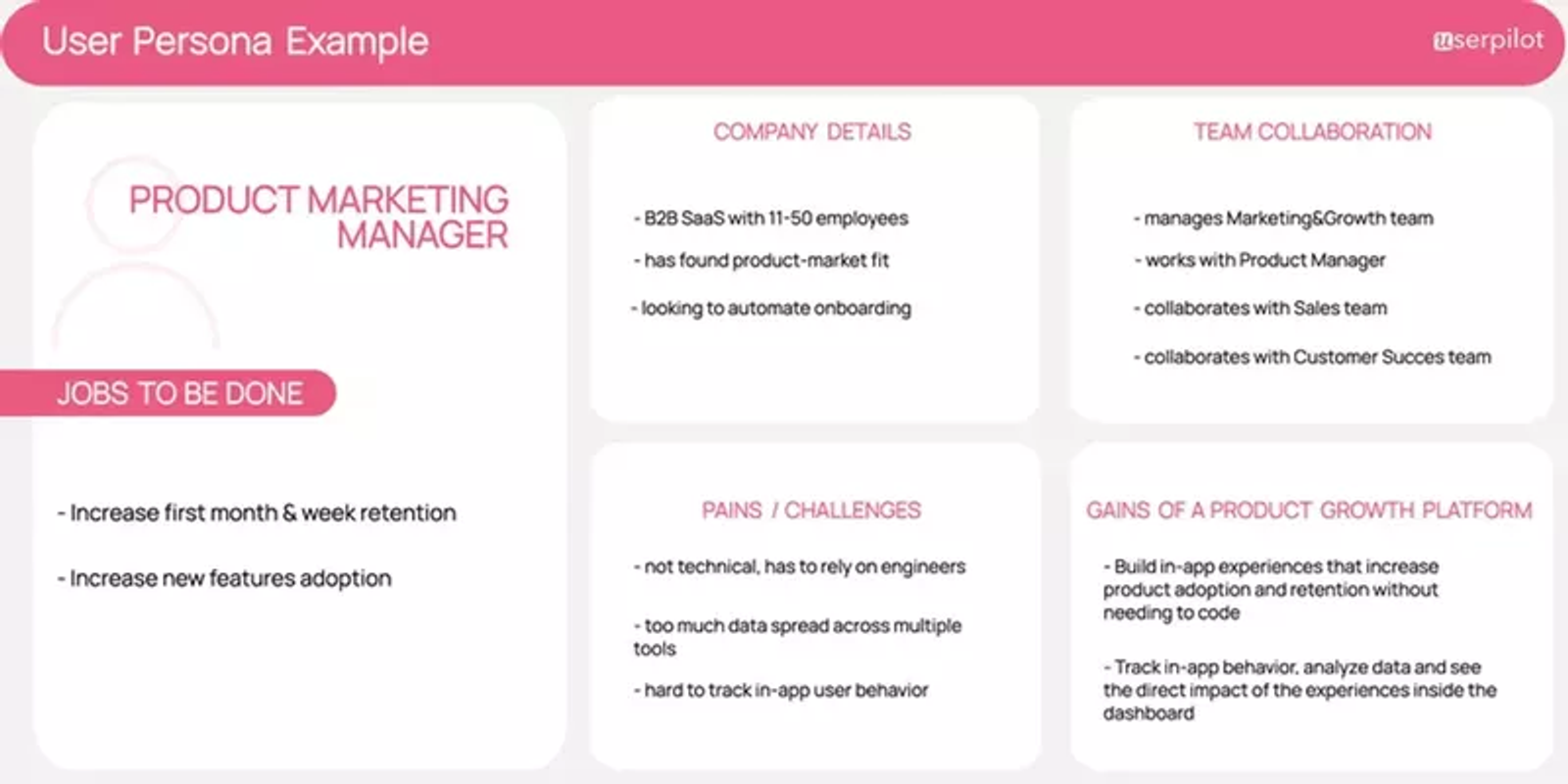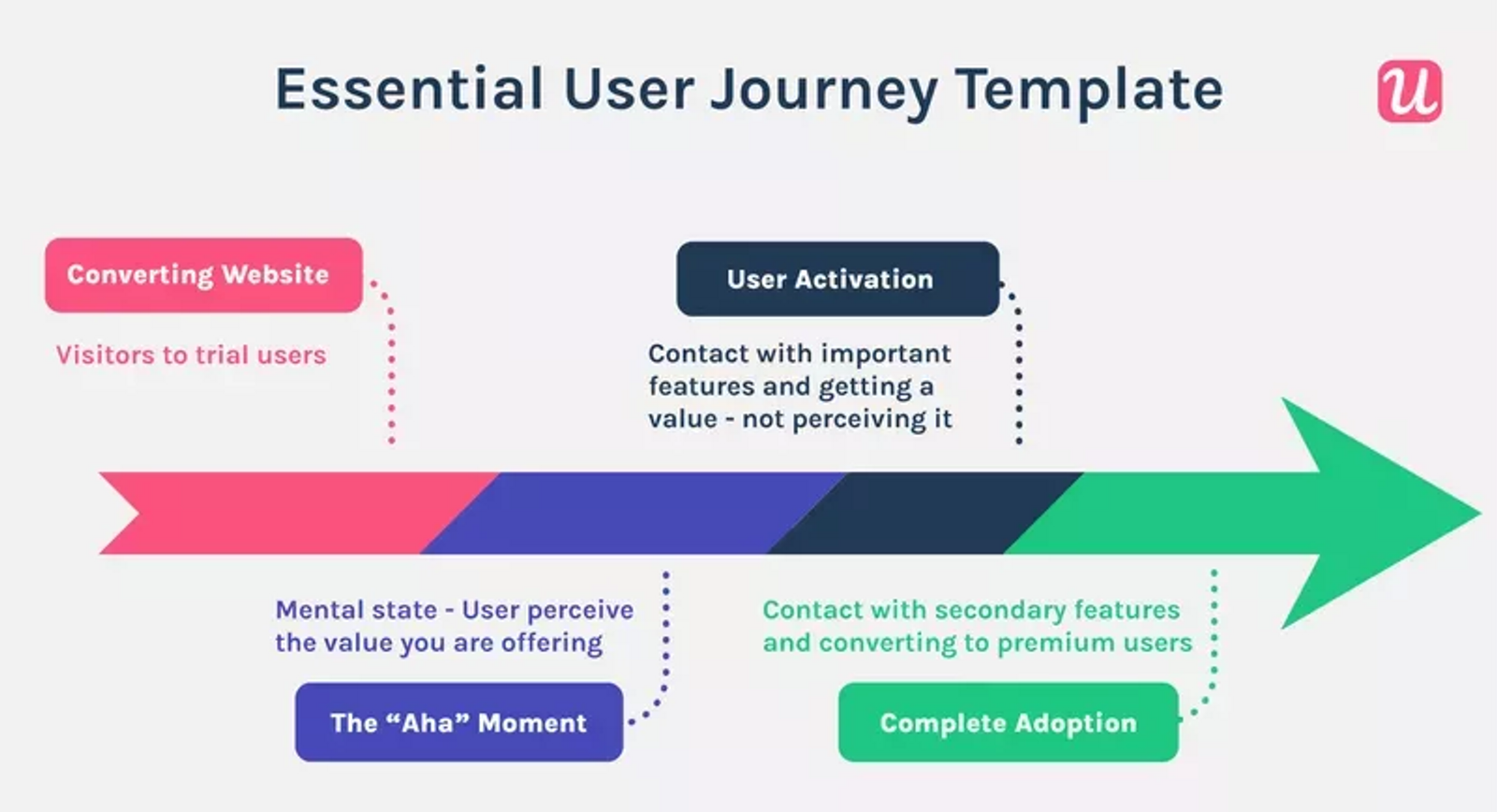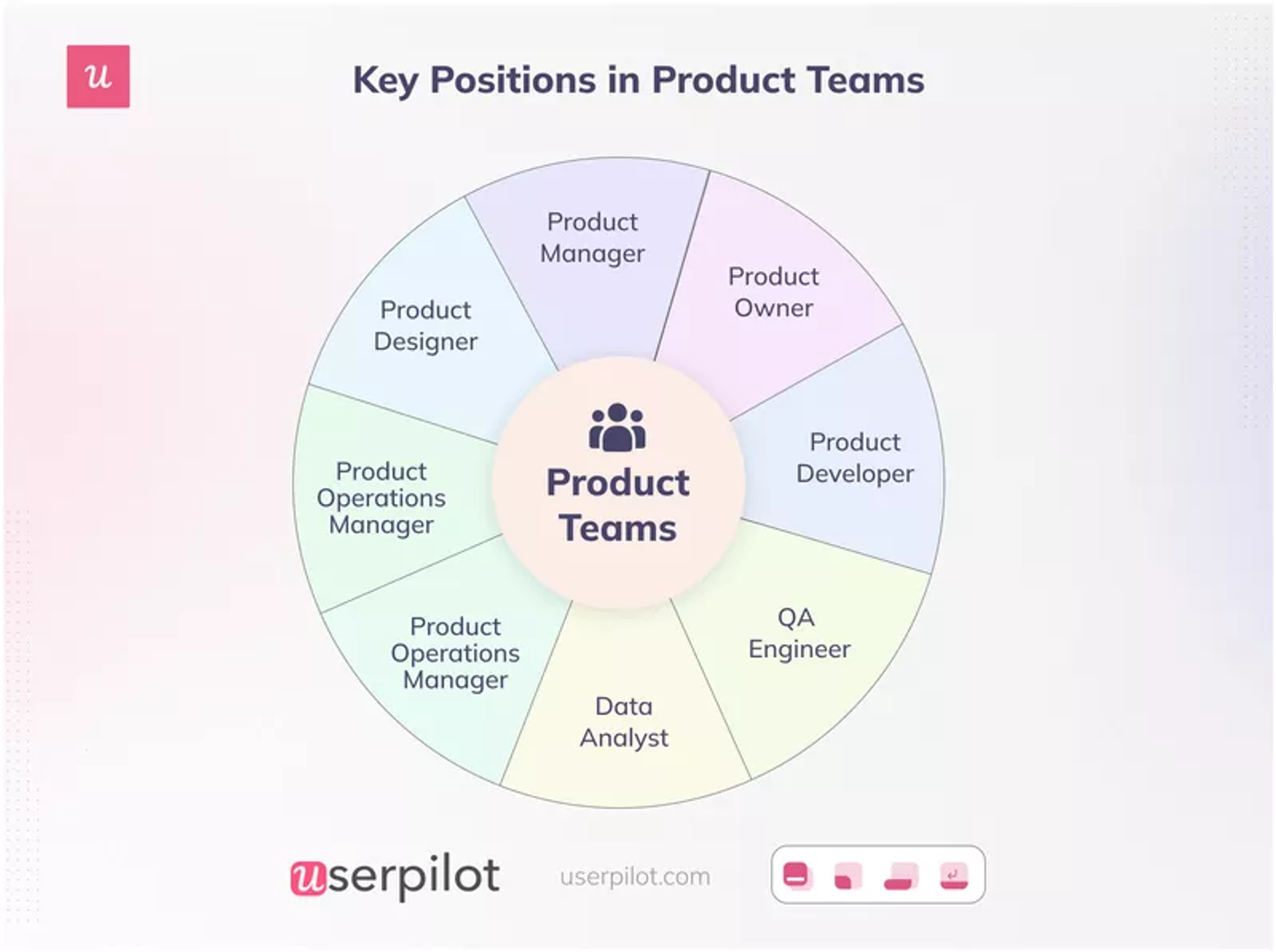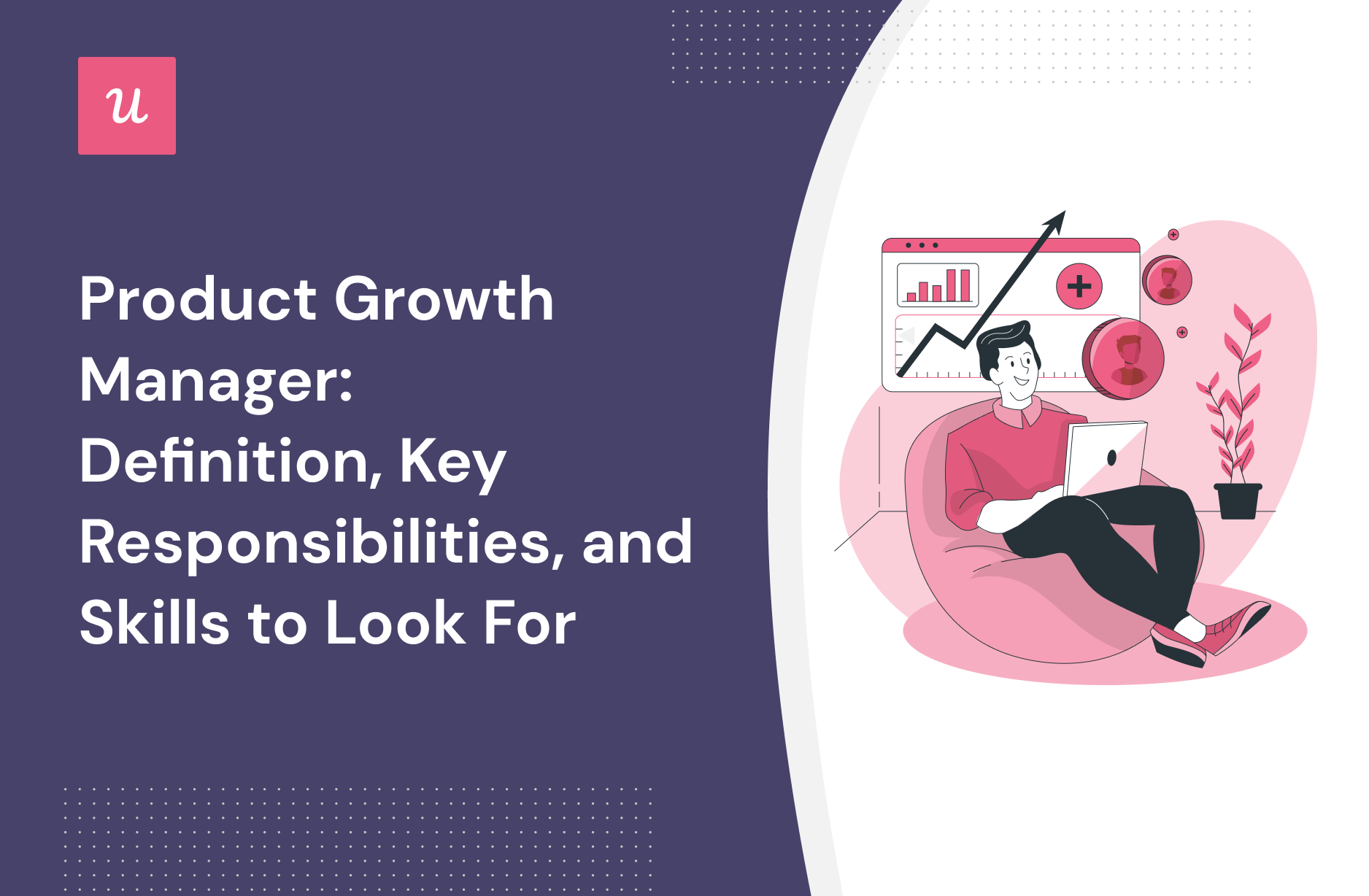
Product-led growth is rapidly becoming one of the most important concepts in the SaaS world: but what exactly does a product growth manager do?
Sure, it seems obvious their role is to maximize growth, but you want to know what product growth managers spend their time on from one day to the next.
In this article, we will lift the curtain on the world of growth product managers. We’ll cover the key responsibilities, and the skills needed to succeed in this role, and to top it off we’ll point our readers toward some excellent resources for development.
Try Userpilot Now
See Why 1,000+ Teams Choose Userpilot

What is a product growth manager?
A product growth manager (sometimes referred to as a PGM or growth PM) is a specialist primarily responsible for identifying, planning, and executing growth opportunities.
PGMs typically have a strong understanding of the user journey across the entire funnel and use it to great effect. This knowledge helps them target the opportunities for improvement throughout your product.
Growth product manager vs traditional product manager
Growth PMs and traditional product managers share lots in common – but there are some significant differences too.
- Product manager. Product managers are ubiquitous in most tech companies. Their primary focus is articulating a product vision, building a roadmap, collaborating with the team to build the right features, and negotiating with stakeholders.
- Growth product manager. With the shift toward product-led growth strategy across the SaaS world, the growth product manager position has emerged as a standalone role. Their primary focus is to own and optimize a range of growth metrics (i.e. business growth) and define an overall growth strategy.
Ultimately, they are just different strands of product management: both roles want to drive more value by solving customer problems.
What does a product growth manager do?
Let’s demystify growth product management and break down the day-to-day responsibilities of a typical growth PM.
Market and customer research
Don’t just leave it up to the marketing team: a big part of the growth PM role is about ensuring there’s an adequate user focus and you’re building contextual understanding across your entire customer base.
A continuous cycle of research will help you understand customer needs, empathize with their pain points, and predict market trends (i.e. by monitoring average monthly interest in search terms).
Engage customers across the user journey
We’ve already covered that successful product growth managers need to spend a good chunk of their time understanding customer problems and the user journey.
Remember, the better you understand all customer touchpoints, the easier it is to spot opportunities for engagement.
This is all about applying what you’ve learned to engage early and often with your user base. Make sure you catch them at various touchpoints throughout the customer journey: it’s a proven way of realizing value.
Analyze product usage and user behavior
“Data really powers everything that we do.”
Growth PMs should be adept at gathering a wide range of product usage data analytics, analyzing user behavior, and drawing out key insights. It’s their job to use what they learn to make suggestions about data-driven product improvements.
Let’s consider an example. Imagine you’re monitoring product engagement using feature tagging. Trends in the data will show you exactly which features users have engaged with briefly, but haven’t adopted.
Focusing on these pain points is one of the most reliable and proven growth-oriented strategies.
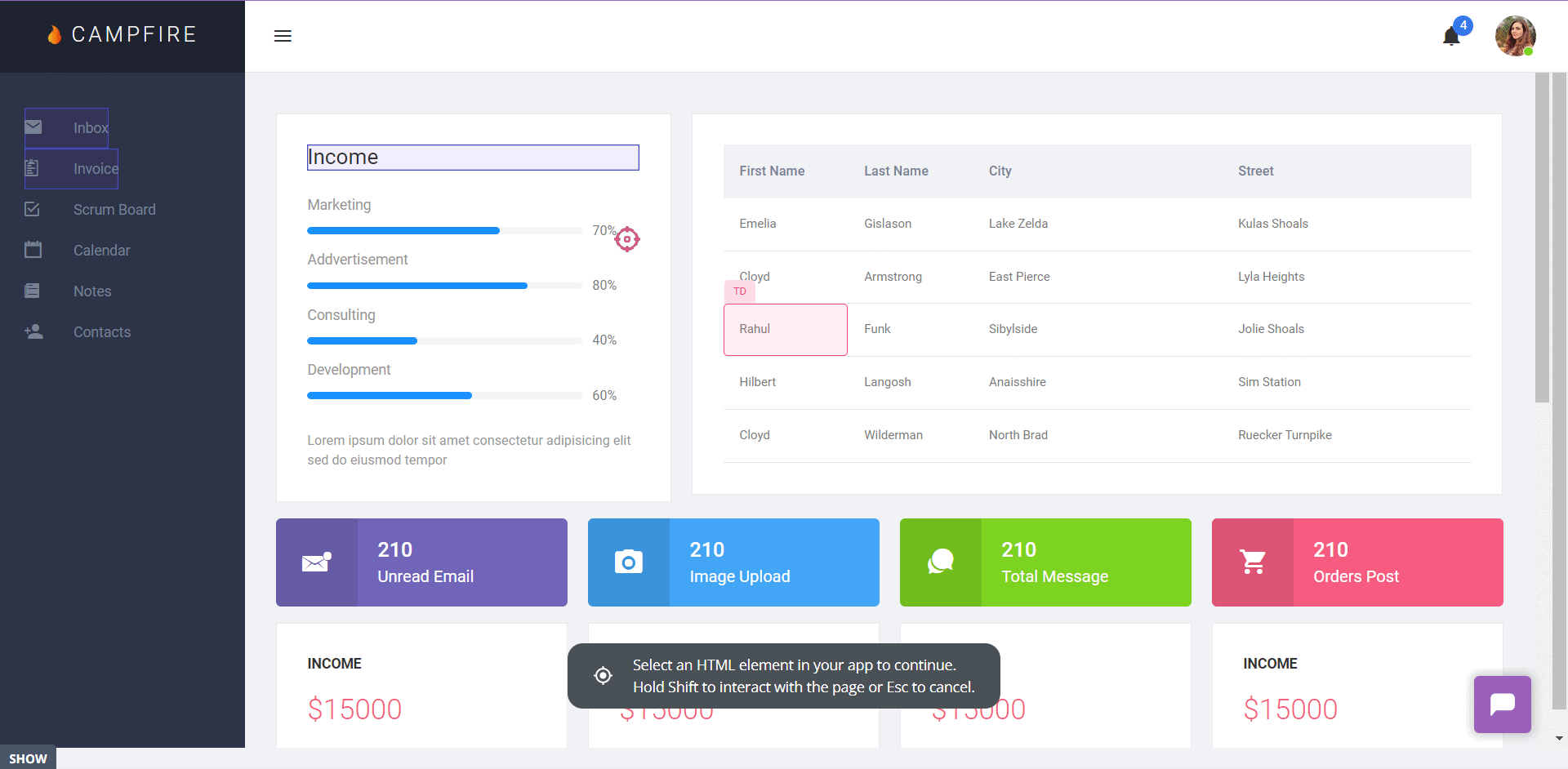
Experiment and optimize customer experience
Growth product managers should be advocates of hypothesis-driven design, development, and experimentation. Over time, these principles can become embedded in the company culture of product-led growth businesses.
This will enable customers to do exactly what they need to do and reach their goals better.
Remember, there’s not one specific business metric to monitor, it’s more about a growth mindset and an overall culture of experimentation.

Increase the customer lifetime value with upsells and cross-sells
A successful growth PM will ultimately be judged on its ability to drive growth. After all, it’s the first word in the growth pm’s title. While this isn’t purely financial, increasing revenue is a huge aspect.
The more paying customers you can attract (or convince to upgrade their account) – and the better you can upsell them with relevant offers – the higher customer lifetime value. Identifying opportunities for these upsells and cross-sells without being pushy is an art.

Collect customer feedback and act on it to solve user pain points
Your users should be your most important stakeholders. Growth product managers are responsible for collecting feedback, and using it to better understand customer expectations. Surveys are a great tool for the job.
A senior product manager specializing in growth should be pushing their product team to be highly responsive to user feedback: what’s the point in gathering it if you’re not going to use it?
There’s no better way to build loyal customers than show them you deeply care about their needs.
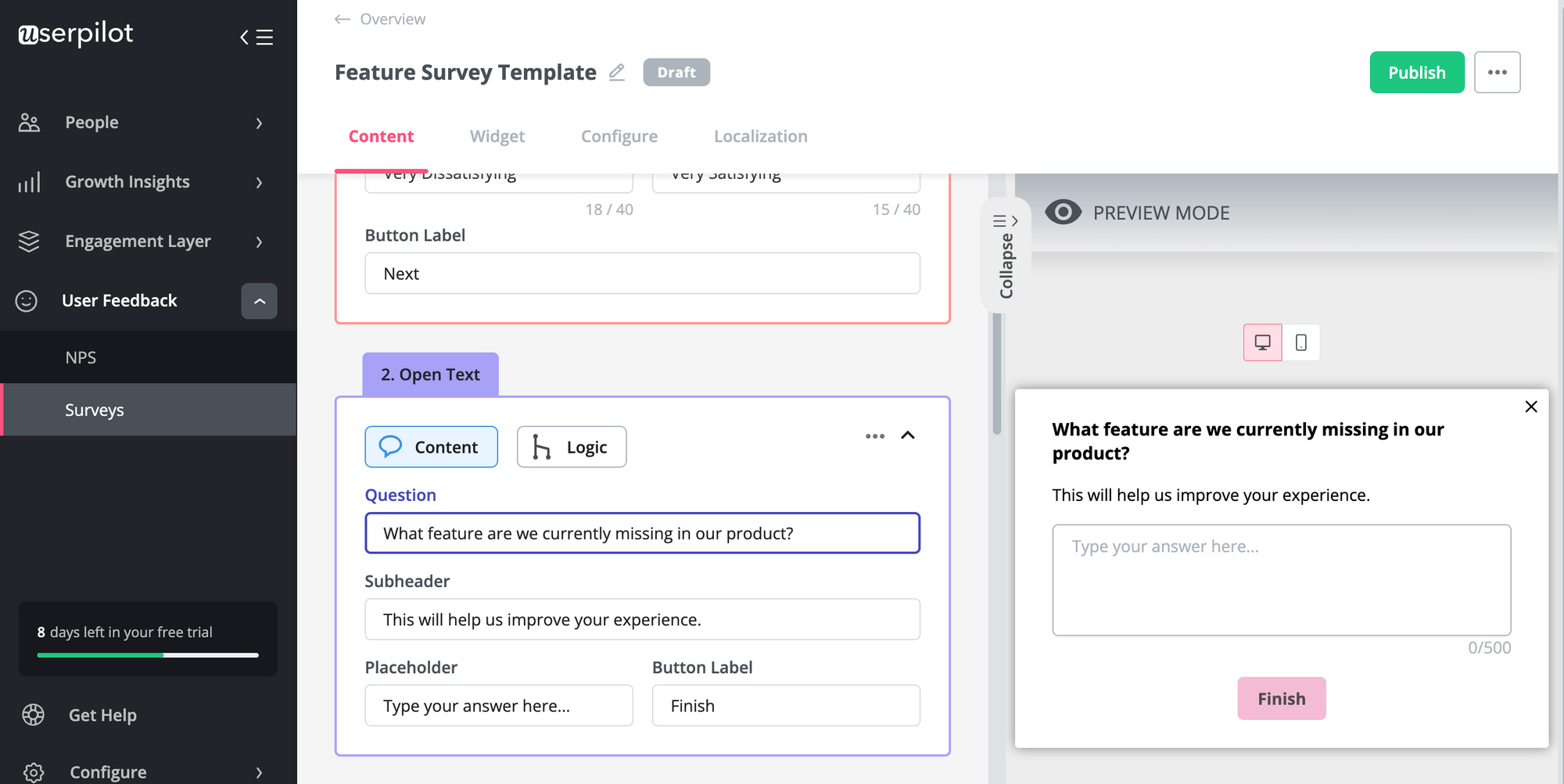
Collaborate with cross-functional teams and stakeholders
“Talent wins games, but teamwork and intelligence win championships.”
Michael Jordan.
Growth product managers can’t do it alone.
Product-led organizations bring cross-functional teams together to drive product growth. A key part of the job is close collaboration with a range of other stakeholders:
- Engineering and development teams: PMs need to engage with developers to figure out the best way to bring features into reality.
- Product designers: Product growth managers have a rock-solid understanding of users: they work with designers to create user flows and designs optimized for growth.
- Marketing and sales teams: Collaborate to nail product positioning, get the marketing right, and identify leads.
- Senior leadership: Set overall organization strategy, goals, and objectives.
What does the PGM’s growth team look like?
A typical team structure might have a product manager setting the overall direction, a product owner running day to day activities (i.e helping the team refine and prioritize work), and a range of people actually making it all happen:
- Engineers write code, fix bugs, build new features, and tackle tech debt.
- Analysts figure out the best way to break down requirements and understand constraints.
- UX designers map out user needs, define user journeys, and create designs.
Specialist growth teams will also typically have growth marketers working alongside core PMs.
The key to successful product growth management is the strength, trust, and commitment of a cross-functional team.
What skills and qualities do growth product managers need to succeed?
Product growth management is a complex and multi-faceted discipline. Here are some key skills you need to nail the role:
- Data-driven and analytical mindset. The better a PGM understands the underlying data, the more effectively it can solve problems.
- Communication and diplomacy skills. Product managers would struggle without persuasive communication skills.
- Scrappiness. PGMs should be high-agency, resilient, and pragmatic – able to figure out how to do their best with resources at their disposal.
- Curiosity. Product managers seek inspiration from the world around them and are constantly looking for new ideas.
- Project management. Effective growth product managers know how to organize work and get stuff done.
You can see it’s not a simple role: you need to be a mixture of scientist, growth marketer, digital marketing guru, and master communicator!
What tools do product growth managers work with?
There are many types of tools used by growth product managers:
- Product analytics and visualization: Userpilot, Amplitude, Heap, Fullstory, Mixpanel, Tabluea. Use these to get objective insights into user behavior and product usage analytics.
- Customer feedback tools: Userpilot, Typeform, and Usersnap to collect, manage, and analyze feedback from their users.
- Engagement and optimization: Userpilot, Optimizely, Drift. Figure out what your users are engaging with and make effective product decisions.
- Project management: Trello, Asana, Airtable, Jira, and ProdPad to rack tasks and improve team productivity.
- Internal communication: Confluence, Slack, Google Docs. Coordinate your team, share information, and foster collaboration.
Key business metrics you should track as a growth PM
Product growth managers should ‘own’ an array of growth metrics:
- Activation rate: This tells you the proportion of users reaching ‘activation’ (experiencing value).
- Free to paid conversion rate: This is the ratio of those who start paying versus those who’ve signed up for a free trial – closely tied in with customer acquisition.
- Adoption rate: This tells you the rate of users trying a feature and gives you a clue as to how it’s landing in the market.
- Customer Effort Score (CES): Measures the ease with which customers can use your product or service
- Retention rate: Good marketing is of no use if you can’t keep hold of new customers.
- Time to value (TTV): The total time period before a user realizes value from your product.
What’s the average salary for a growth product manager role?
Growth PMs work incredibly hard – but they’re well rewarded for the growth they drive. They earn between $145,000 (Glassdoor) and $154,000 (ZipRecruiter) on average.
Growth product management resources for aspiring PMs
Part of the growth product manager role is about learning from the best: here is a list of valuable resources for product managers looking to drive product growth.
Userpilot’s on-demand webinars on growth marketing
Webinars are some of the past ways to get up-to-the-minute information on trends like product-led growth, build specific domain knowledge, and learn from experts on a range of topics.
You can either join a live webinar or watch the recording later – the important thing is to apply what you’ve learned.

Product Marketing Alliance courses and learning resources
The Product Marketing Alliance is a global organization dedicated to product marketing as a discipline – but it’s also useful for growth product managers. Try them for access to articles, an engaged online community, a podcast, courses, and even a job board.
Product-Led Growth Community
The power of community shouldn’t be taken for granted: through ProductLed you can discuss ideas in Slack, browse their content, explore their interesting blog, and access specialist books.
Books written by experts in the industry
Despite the growth of short-form content, books are still incredibly valuable:
- Product Rantz by Emilia Korczynska. A light-hearted read from the Head of Marketing at Userpilot, covering the best and worst product practices – useful for your entire cross-functional team.
- Product-led Onboarding by Ramli John. Lays out a unique way of thinking about the onboarding process: driving engagement from the product itself.
- Continuous Discovery Habits by Teresa Torres. A sustainable approach to learning more about your users and building the features that work for them.
- “Hooked” by Nir Eyal. Sets out how to build addictive products that’ll suck users in and capture attention. A favorite of growth hackers and product managers alike.
- “Contagious” by Jonah Berger. A punchy and focused book on building word-of-mouth virality.
- “The 1-Page Marketing Plan” by Allan Dib. Demystifying the complex world of marketing plans.
- The Effortless Experience by Matthew Dixon, Nick Toman, and Rick Delisi. Focusing on developing customer loyalty is the best form of marketing and retention.
Online and in-person conferences
There’s been a resurgence in conferences as a way of building community:
- Product Drive. Userpilot’s fast-growing, dynamic conference brings the best in class to the stage for a huge range of engaging talks.
- MTP Con. Mind the Product is one of the first global communities for product managers – trailblaze new disciplines (i.e. product ops and growth management) with experts like Marty Cagan (author of ‘Empowered’) and more.
- Grow London. An in-person and online event organized by HubSpot. Past speakers include Eileen Burbidge (Passion Capital), Will Wallace (Google), and Steve Bartlett (Social Chain, Diary of a CEO) – growth initiative, not on the status quo
- Turing Fest. Brings the best minds in global tech to Edinburgh, to share what they’ve learned building and scaling incredible products and businesses
- Product Con. Organized by Product School, ProductCon has four events scheduled throughout 2023, each offering a mix of keynotes, networking sessions, and panel discussions.
Conclusion
You are now well-equipped to navigate the exciting, fast-changing world of the product growth manager. You know the skills you need to succeed, the tools that’ll help you thrive, and the best resources, communities, and training to develop your capabilities.
With Userpilot’s mobile features, you can onboard and engage mobile app users through personalized messaging, push notifications, and surveys.
Want to build product experiences code-free? Book a demo call with our team and get started!

